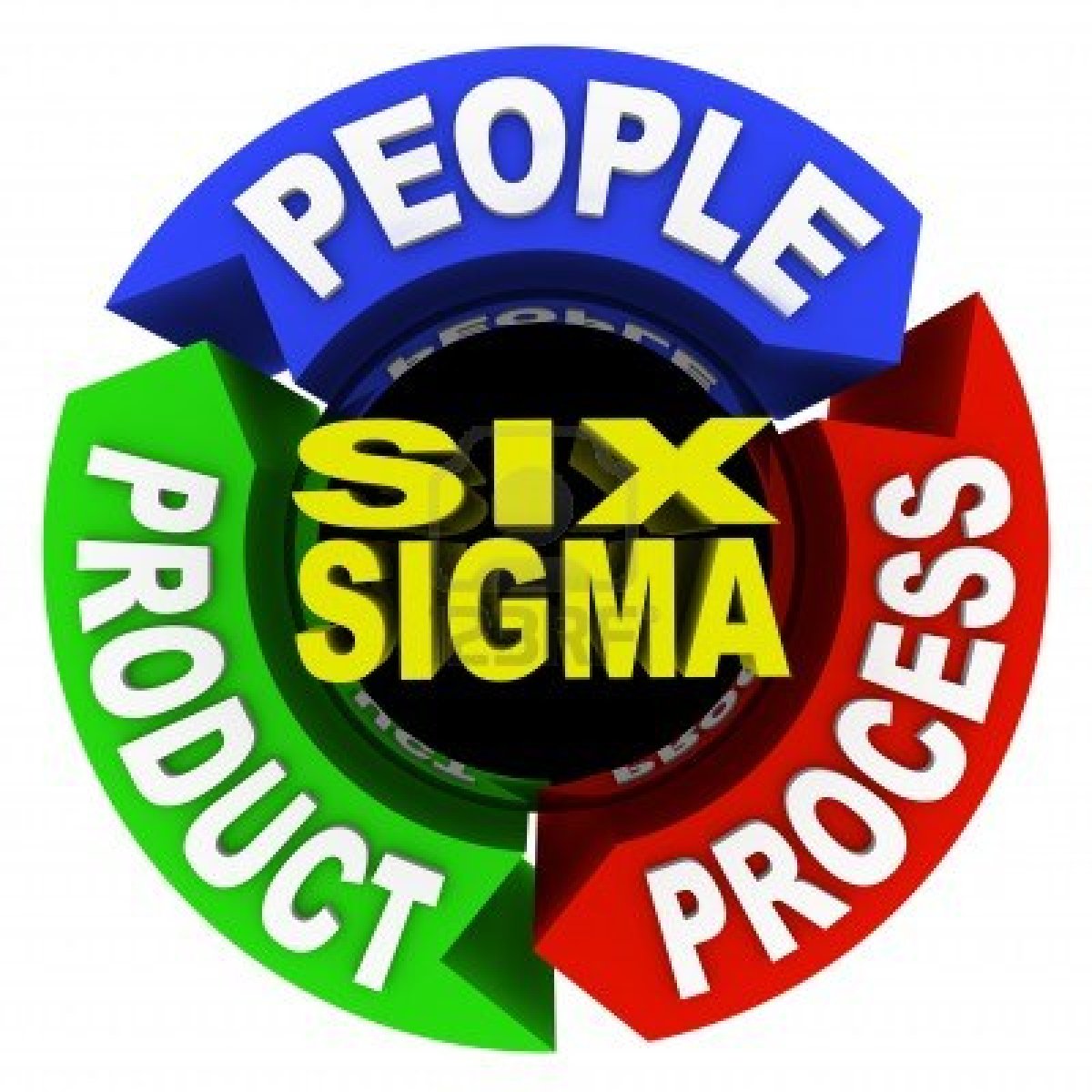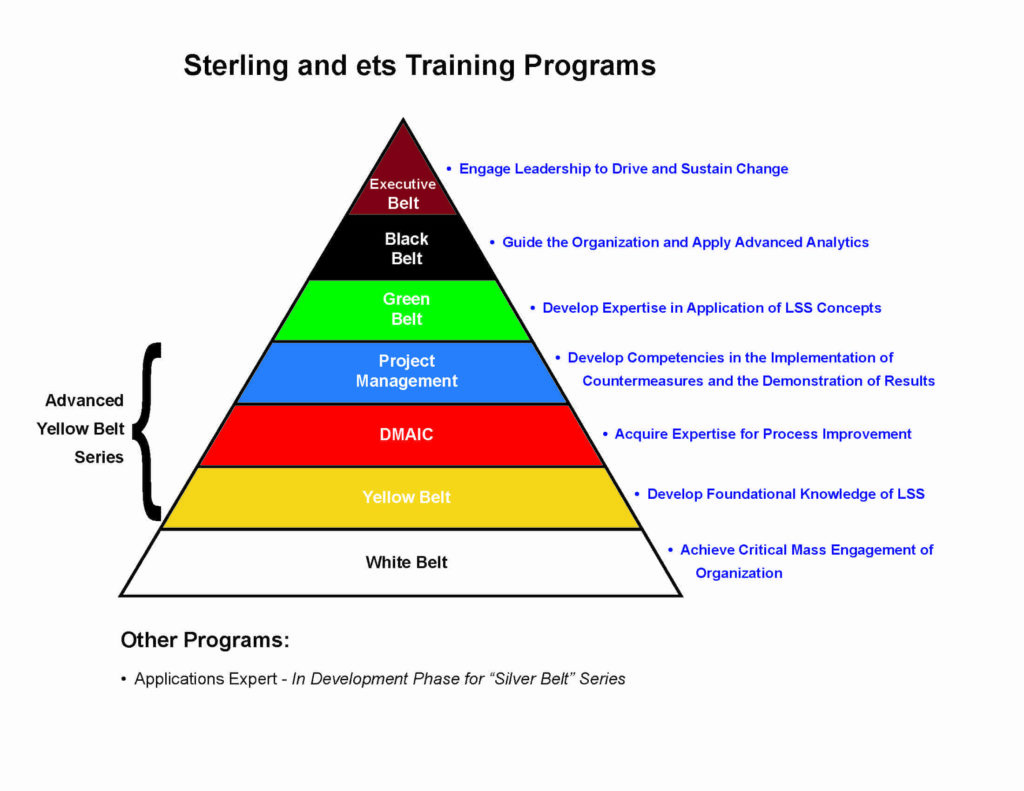
Six Sigma is an “all-encapsulating” quality control and process improvement umbrella. In layman’s terms: the sigma score (including the cp and cpk score) provides a unified point of reference and clear, “quantifiable evidence” of sustained HR process improvement.ī. It begins via measuring a sigma score (of the HR process under improvement ) and ends with an improved sigma score (i.e improved quality ) of the HR process. Six Sigma is a strategic process improvement framework which starts and ends with the quantification of HR processes data. In terms of opportunities, there literally are a hundred, but let’s identify three key reasons spontaneously:Ī. What challenges does it address and what opportunities does it present? It also helps to identify gap analysis, recommends optimization models for business processes, suggests optimal budgets and required training/ orientation. Six Sigma unearths obfuscation, repetition and unsubstantiated claims early on. However, the data sampling rules need to be rigidly followed. This makes it extremely reliable and universally applicable. Through the use of statistical hypothesis testing Six Sigma delivers evidence before substantiating claims – the first time and every time.

However, the specific tools employed within RCA can be very organization specific. RCA is simply a cocktail of basic statistical analytics, problem-solving and brainstorming techniques. Six Sigma unearths the cause of the variation via a single-pronged attack, “the root cause analysis (RCA)”. How does Six Sigma actually reduce variation? What is the process (very briefly)?
Six sigma processes pdf#
This is typically referred to as the “HR process entitlement level”ĭownload our free PDF and get access to essential reports, articles & videos that'll help you become a successful & future-proof HR Business Partner. In simple words, Six Sigma ensures that critical HR functions fall within the acceptable quality/performance level. Six Sigma accomplishes this by reducing the variation around the mean of the process. Six Sigma is a data-driven framework for improving the quality of HR processes, a process being any repetitive business function pertaining to HR. This is referred to as the process entitlement level in six sigma.īelow are some of the most FAQ we’ve come across regarding this topic. In order words, ensuring that the process falls inside the acceptable tolerance range (as far as possible). any repetitive business function) via reducing the variation around the mean of the process.

Fundamentally, six sigma is a data-driven methodology for improving the quality of a process (i.e. Six Sigma is perhaps the most established and well-documented approach along these very lines.

Such a combination has immensely helped in strategic decision making, hence directly improving the productivity – and profitability – of a large number of businesses worldwide. The best data science practices are known to combine management tools with statistical and machine learning insights. As an inherent part of core business operations, the “people function” hasn’t been immune to this development either. Data science has touched every aspect of business functions today, enabling greater speed, accuracy and improved quality of business decision making.


 0 kommentar(er)
0 kommentar(er)
